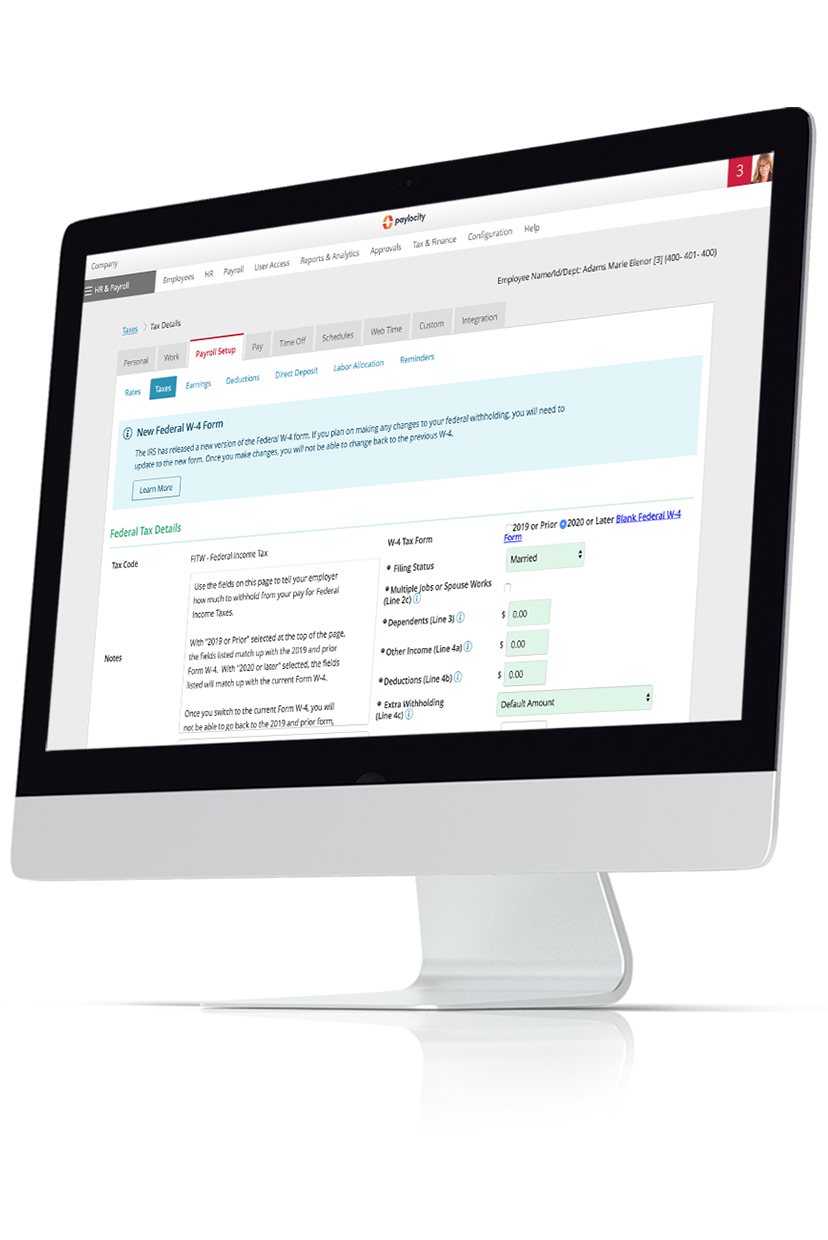What W-2 Penalties Can Employers Face?
Sending a W-2 Too Late
If W-2s are not sent by the January 31 deadline, and there is no approved extension, employers will receive penalties based on when the forms eventually do go out and the size of the organization. Businesses that gross $5 million or less in the last three tax years are considered small, while those that gross more are considered large. The IRS reserves the right to increase these penalties each year.
|
How Late |
Penalty Per Form |
Maximum Penalty Per Year
Small Businesses |
Maximum Penalty Per Year
Large Businesses |
|
Between 1 - 30 days |
$60 |
$232,500 |
$664,500 |
|
Over 30 days, but before August 1 |
$130 |
$664,500 |
$1,993,500 |
|
On or after August 1 |
$330 |
$1,329,000 |
$3,987,000 |
Note: If you don't send your employees their W-2 forms at all, you'll get hit with the same penalty as if you sent them on or after August 1.
Sending a W-2 with Errors
Penalties due to incorrect amounts or errors vary by the severity and cause of the error, as well as when an updated version is submitted to the SSA.
For example, if an amount is off by less than $100 or none of the withheld taxes are off by more than $25, employers won't receive any penalties and no corrected W-2s need to be created. If, however, the error exceeds these amounts, employers need to submit Forms W-2C, Corrected Wage and Tax Statement before August 1 with a valid explanation for the error or severe penalties can follow.
Employers should also be ready to provide a Form W-2c to any employee who requests it, as incorrect forms can cause issues for the employee's tax returns, too.
Read More: 5 Common Payroll Errors and How to Avoid Them
Frequently Asked W-2 Questions for Employers
What's the Difference Between a W-2, W-4, and 1099?
- Form W-2 shows an employee's annual wages and how much of those wages were withheld to pay federal, state, and local taxes.
- Federal and state W-4 forms help employers know how much to withhold from the employee's wages for income taxes. They're typically submitted by an employee when they're hired and include information regarding the employee's dependents, allowances, marital status, etc.
- Form 1099 is a tax document that reports income individuals receive from sources other than an employer. This form can be used to report wages and taxable income for individuals classified as independent contractors.
What is Form W-2G?
Form W-2G is also similar to Form W-2 but focuses on income and taxes from gambling winnings instead of earned wages.
What happens if a W-2 is undeliverable?
If a W-2 form is undeliverable, the employer should save the copy for at least four years. Do not try to forward the form to the SSA. HR and Payroll software can make it easier for employees to access W-2 forms electronically and avoid this issue.
What should employers do if employees lose their W-2s?
Employers should produce a duplicate of the W-2 and write, "Reissued Statement" at the top (unless the W-2 was provided to the employee electronically). Also, employers should refrain from sending the reissued statement to the SSA.



